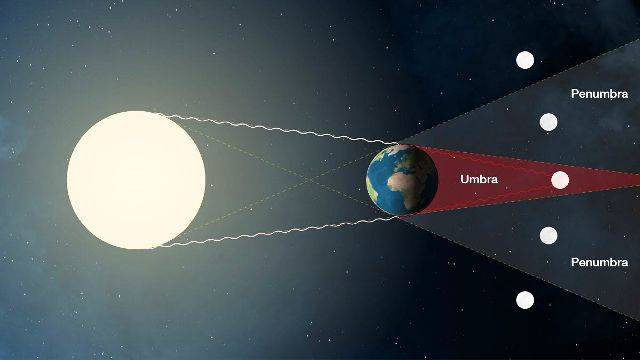
The moon will turn red over the United States on Sunday night during the last total lunar eclipse of the decade. A total lunar eclipse occurs during a full moon when the moon passes directly through the Earth’s shadow, causing it to turn rusty orange or dark red in color.
The lunar eclipse will be visible across North America and South America and partially visible in Europe and Africa on the night of 20 January and on the early hours of 21 January. Millions of people in North and South America will have a prime view of a total lunar eclipse. During a special nocturnal hour, the full moon will become fully tinted with the red-orange color of sunset.
21st January total lunar eclipse will be the last one until May 2021, and the last one visible from the US until 2022.

During a lunar eclipse, a full moon's bright facade will change. As the moon enters Earth's shadow, the full moon (or a section of it in the case of a partial eclipse) will turn a rusty color. Sunlight scatters to produce the red colors of sunset and sunrise when it enters Earth's atmosphere at a particular angle.
What a lunar eclipse display is the color of all of Earth's sunrises and sunsets reaching the moon, NASA scientist Noah Petro told Space.com. If someone stood on the moon during a total lunar eclipse, Earth would appear to have a reddish ring all around it, as the person would gaze at the 360-degree sunrise and sunset they'd perceive at that particular intersection of Earth and lunar orbits.















